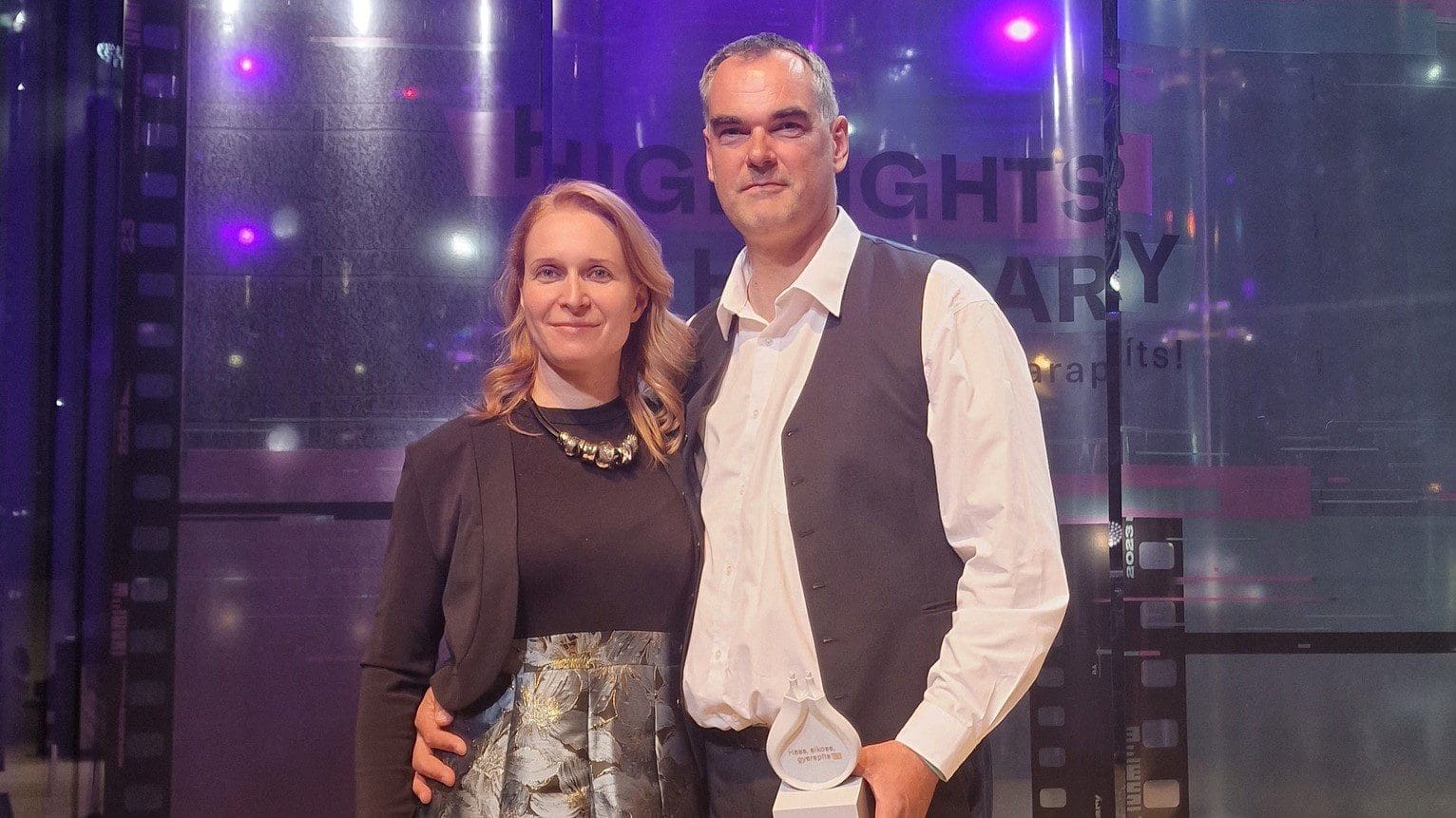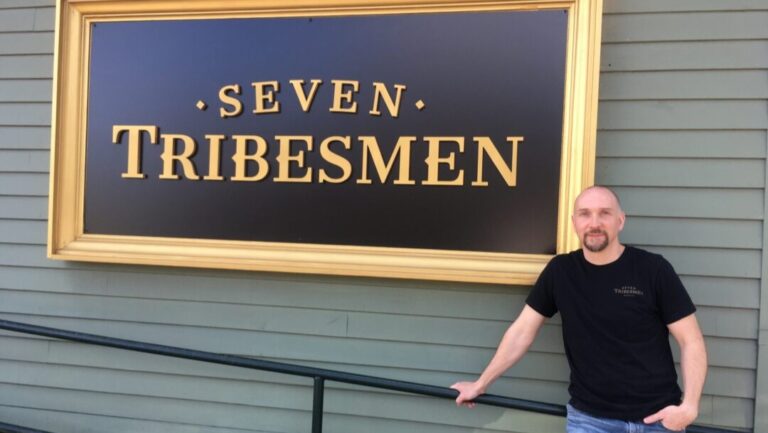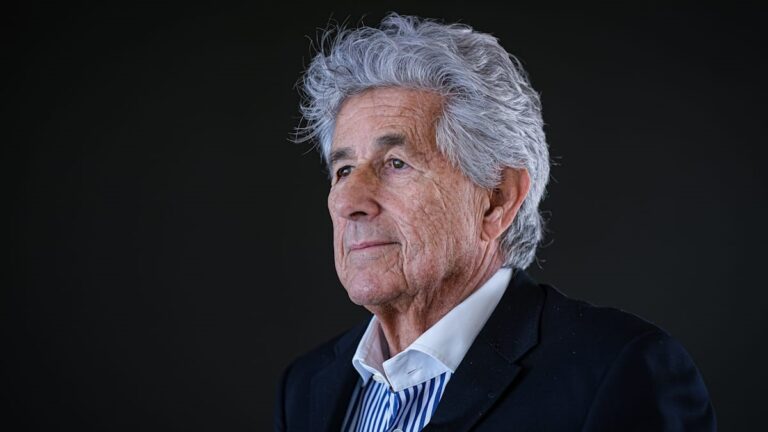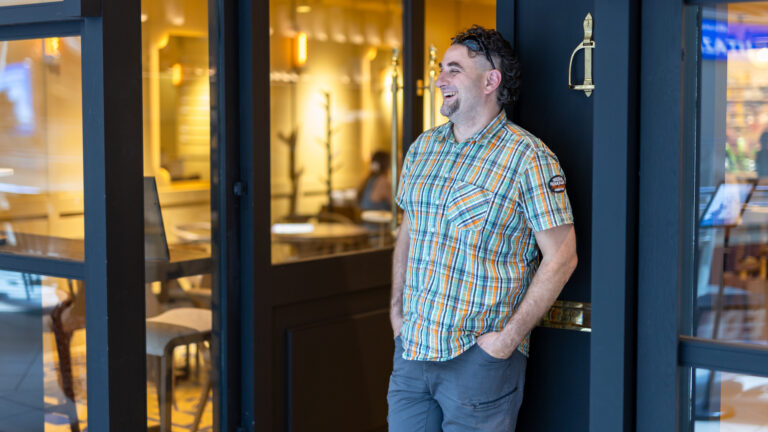The Highlights of Hungary Award is an annual award that was established in 2013 to recognise and celebrate the most notable achievements of Hungarians around the world. The award is organised by the Highlights of Hungary Foundation, established by a group of Hungarian professionals and entrepreneurs.
Each year, the Highlights of Hungary Award recognises individuals or groups who have made significant contributions to the fields of science, culture, arts, sports, and social activism. The award ceremony is held in Budapest and is attended by prominent figures from Hungary and around the world.
This year, the Ambassador’s Award was won by Ferenc Berend for his unique no-till farm, Somogyi Kószáló Farm, located in Somogy County in south-western Hungary. He was nominated by acclaimed culinary television personality, Highlights of Hungary Ambassador Marcsi Borbás, who is also dedicated to the promotion of traditional Hungarian food growing and cooking practices and and environmentally-friendly living. Mr Berend’s family business, Berend Ltd. regularly conducts self-financed experiments to better adapt the no-till technology to local conditions. They have organised numerous practical demonstrations for farmers interested in regenerative agriculture and related technologies. They are a constant presence in videos and professional articles promoting and showcasing regenerative farming.
Hungarian Conservative had the opportunity to sit down for an interview with the award-winning agricultural engineer.
What led you to become an agricultural engineer? Did you know from childhood that this is what you wanted to do, or did your interest develop over the years?
My father is also an agricultural engineer, so I saw this segment up close from a young age. I worked in our own vineyard and raspberry fields when I was young. I also attended an agricultural vocational school.
Could you briefly describe the essence of no-till farming and why it is worth using this method?
No-till means that we disturb a maximum of 10 per cent of the agricultural land. The benefit is that we do not upset the soil, so it can build up from the top and create new humus. The number of passes decreases, and with Controlled Traffic Farming, we reduce soil compaction. There are fewer operations and machines required. When the system is established, nutrient requirements also decrease. At the beginning, due to increasing soil life, additional nutrients need to be added. Due to the healthier soil, fungus and pest damage also decreases.
Because of the local climate conditions, the no-till with cover crop is a faster soil correction system. Continuous sugar formation through photosynthesis provides nutrients for the soil’s microbial communities.
Although it has been used for more than 5000 years, no-till farming is a relatively new concept in Hungary, and few people have adopted it. When did you decide to introduce it on your own land, and where did you get inspiration from?
By continuously achieving larger yields with fewer operations and working more shallowly, my experience supported what I heard on YouTube. Analysing the failures of my experiments, I decided to attempt to eliminate the mistakes. So, I decided to enter the no-till system with nearly the entire area in 2019. Since then, I have been experimenting with answers to continuously emerging challenges. Unfortunately, this means a partial setback on some plots.
What was your reaction when you found out that you were nominated for the Highlights of Hungary Award, and how did you feel when you learned that you had won the Ambassador’s award?
When I was nominated for the award, I did not consider it a big event, as my work does not generate much interest in the profession, but rather disdain. Therefore, I thought that only the Ambassador’s award would be realistic for us to win, as representatives of society, but I rejected this idea because there were many valuable nominees.
I was already included in the first five presentations at the award ceremony, so my wife and I watched the ceremony calmly. I could barely believe it when I heard my name, I was surprised, and I think it showed when I stepped onto the stage. I had not even put on my suit or tie. Marcsi Borbás’s summary of my work surprised me as well, because she explained the essence of regenerative agriculture very professionally.
Integrating animal husbandry into crop production is also a unique practice, and as a layman, I see that it can create an excellent cycle. What are the advantages and disadvantages of this method?
Dealing with animals takes up a lot of time. The time saved by no-till farming, us not being in the fields as much, is spent on animal care. However, the beauty and serenity of animals are rejuvenating for me. Economically, there is no need to search for as much fertiliser, as animals initiate and exponentially increase humus formation.
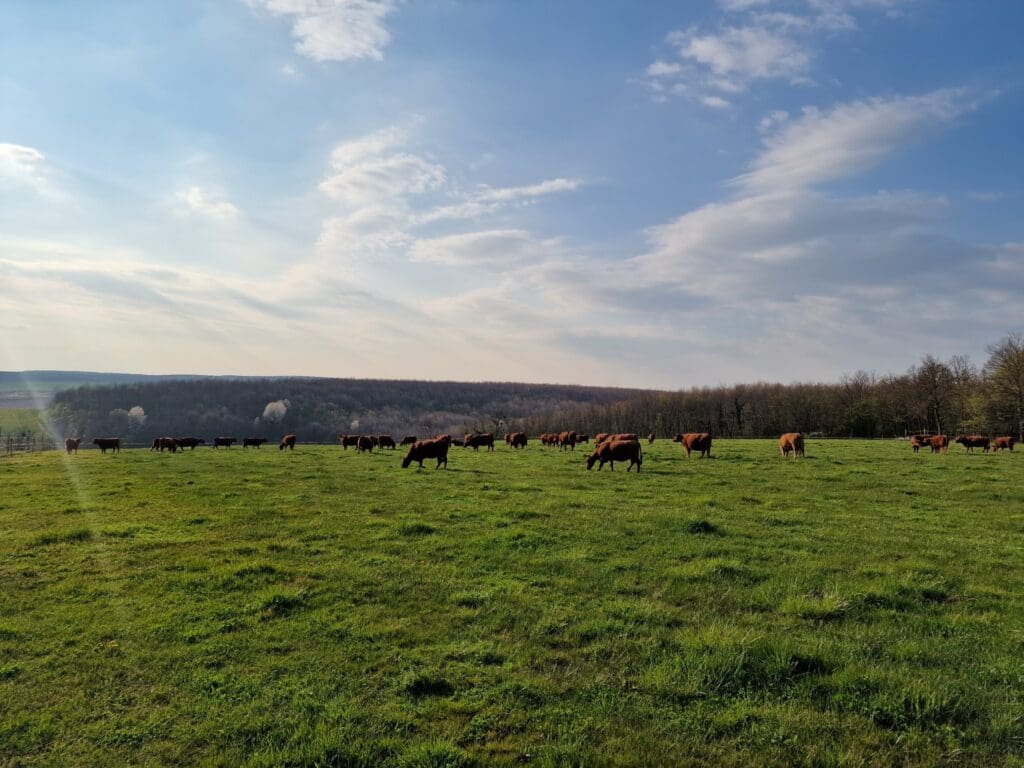
Many people say that mixing business and family is not a good idea. Yet you do it successfully. What is the secret to making this work seamlessly?
I love my wife very much, and every moment I spend with her is a joy. She is very smart, and our values are the same, but she approaches things differently, so she helps with decision-making. She also takes administrative burdens off my shoulders.
Your children also help run the farm. Will they continue to do so in the future, or do they have other plans?
My daughter is 13 and visually impaired, so she helps my wife with administrative tasks.
My older son likes driving tractors and moves the trailer during harvest, but he is only 12 years old. My youngest son is 5 years old. My niece also helps during harvest in the summer.
We want them to be happy, so we try to show them many different occupations, because we don’t want them to feel obligated to continue the family farm.
It seems that almost every year you bring innovation into the Hungarian agriculture industry. What is the next step? Are there any new ideas in the works?
I don’t consider myself an inventor or a creator. I see what works in the world. I either try it or doubt it, then I adapt it to my own skillset. That is all.
Yes, there are ideas and tests, but I prefer not to talk about them yet.
With several years of experience behind you, how do you see the long-term sustainability of this farming method? Would it be worth it for more farmers to switch to this?
It does not matter what those of us who adapted this system think or want. The regulators do not know what to do or simply do not want to deal with it. This system is sustainable in a way that doesn’t require many machines or inputs (pesticides, fertilisers), provides continuous soil cover, reduces dust storms, reduces drought damage, and increases the nutritional value of the end products.

